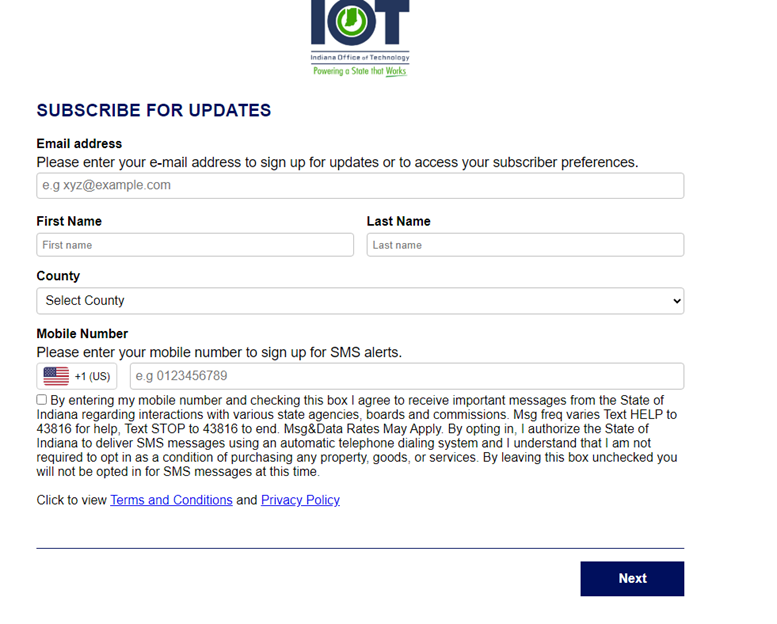WELCOME TO THE INDIANA CYBER HUB BLOG
The Indiana Cyber Hub Blog is your all-new, online resource featuring helpful advice and guidance from the Hoosier State's Cybersecurity Program Director, along with the perspectives of a wide range of cyber industry experts.



